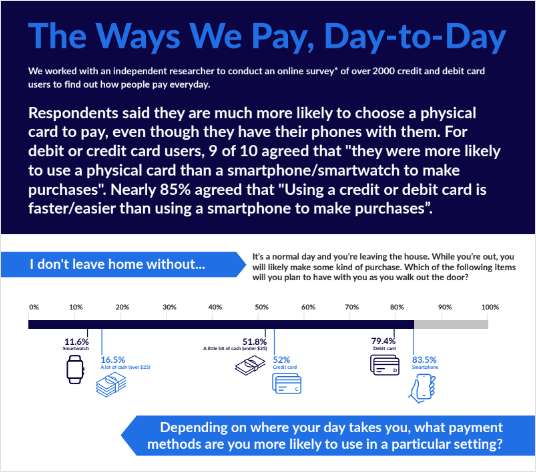According to comment letters regarding the Consumer Financial Protection Bureau's proposed mortgage servicing rules, credit unions are strongly opposed to changes in disclosed annual percentage rates, and are also asking for more time to implement the final rules.
The proposed rules, issued July 9 and scheduled to be finalized by January 2013, would redefine APR by eliminating loan cost exceptions currently allowed in Reg Z.
The proposed rule would require lenders to include all loan costs like application fees in the APR calculation. The only exceptions to the proposed APR rule would be charges applied after the loan closes, like late fees.
Loretta Chatagnier, president/CEO of the $58 million Eastex Federal Credit Union of Evadale, Texas summed up the message when she wrote that “expanding the definition of finance charge as proposed will do little to further assist consumers, yet it would affect the efficiencies of financial institutions, particularly small credit unions.”
Chatagnier estimated Eastex has spent $10,000 on new disclosures, forms, staff training and other costs associated with complying with new regulations in the last year.
Rita McCaslin, executive vice president at the $171 million Leaders Credit Union of Jackson, Tenn., said the proposed APR change would create more confusion and uncertainty for borrowers than clarity.
“Including the costs of voluntary credit insurance premiums and debt protection fees in the calculation of the APR would make the loan appear to be significantly more expensive with coverage as compared to the rule as it currently exists,” McCaslin said in her comment letter.
Another issue for Leaders is that the credit union would incur costs due to its systems provider being unable to provide the newly calculated APR.
Gregory G. Price, vice president of consumer lending at the $2 billion Landmark Credit Union of New Berlin, Wis., pointed out that the APR acronym should be used to communicate the rate, and nothing else that would cloud the intended purpose of disclosing the rate to the borrower.
“There are other adequate disclosures that are used for the other fees,” he said in his comment letter.
Many credit unions asked the CFPB to extend the implementation rule until mid-2014, giving credit unions 18 months to prepare, rather than the three-month window currently expected.
NAFCU General Counsel Carrie Hunt said it will be extremely difficult for credit unions to get all the disclosures in place to comply with the proposed regulations by the January 2013 final rule date. While NAFCU will be asking the CFPB for “as much time and leniency as possible,” Hunt said the NCUA has, in the past, tended to not take formal actions against credit unions not in compliance with new rules provided they are making a “good faith” effort to comply.
CUNA Deputy General Counsel Mary Dunn said at the CFPB's request, her trade put together working groups on mortgages and remittances. Both groups are scheduled to meet with CFPB Director Richard Cordray on Thursday.
“Credit unions are already doing these things, just not in the same exact way the CFPB is envisioning it,” she said.
Comment letters regarding the CFPB's proposed changes to Regulations X and Z are due Nov. 6 and can be filed online.
Complete your profile to continue reading and get FREE access to CUTimes.com, part of your ALM digital membership.
Your access to unlimited CUTimes.com content isn’t changing.
Once you are an ALM digital member, you’ll receive:
- Breaking credit union news and analysis, on-site and via our newsletters and custom alerts
- Weekly Shared Accounts podcast featuring exclusive interviews with industry leaders
- Educational webcasts, white papers, and ebooks from industry thought leaders
- Critical coverage of the commercial real estate and financial advisory markets on our other ALM sites, GlobeSt.com and ThinkAdvisor.com
Already have an account? Sign In Now
© 2025 ALM Global, LLC, All Rights Reserved. Request academic re-use from www.copyright.com. All other uses, submit a request to [email protected]. For more information visit Asset & Logo Licensing.









